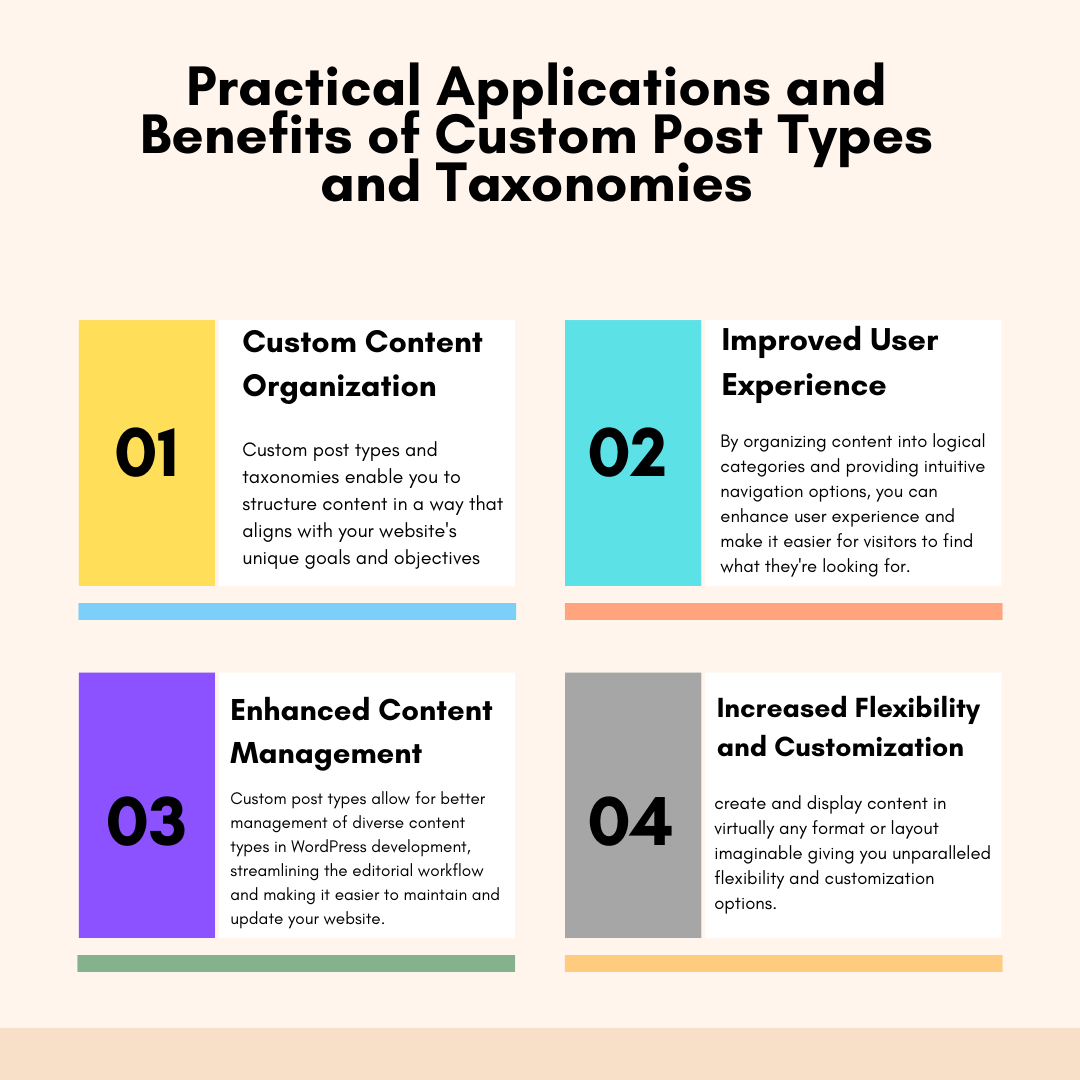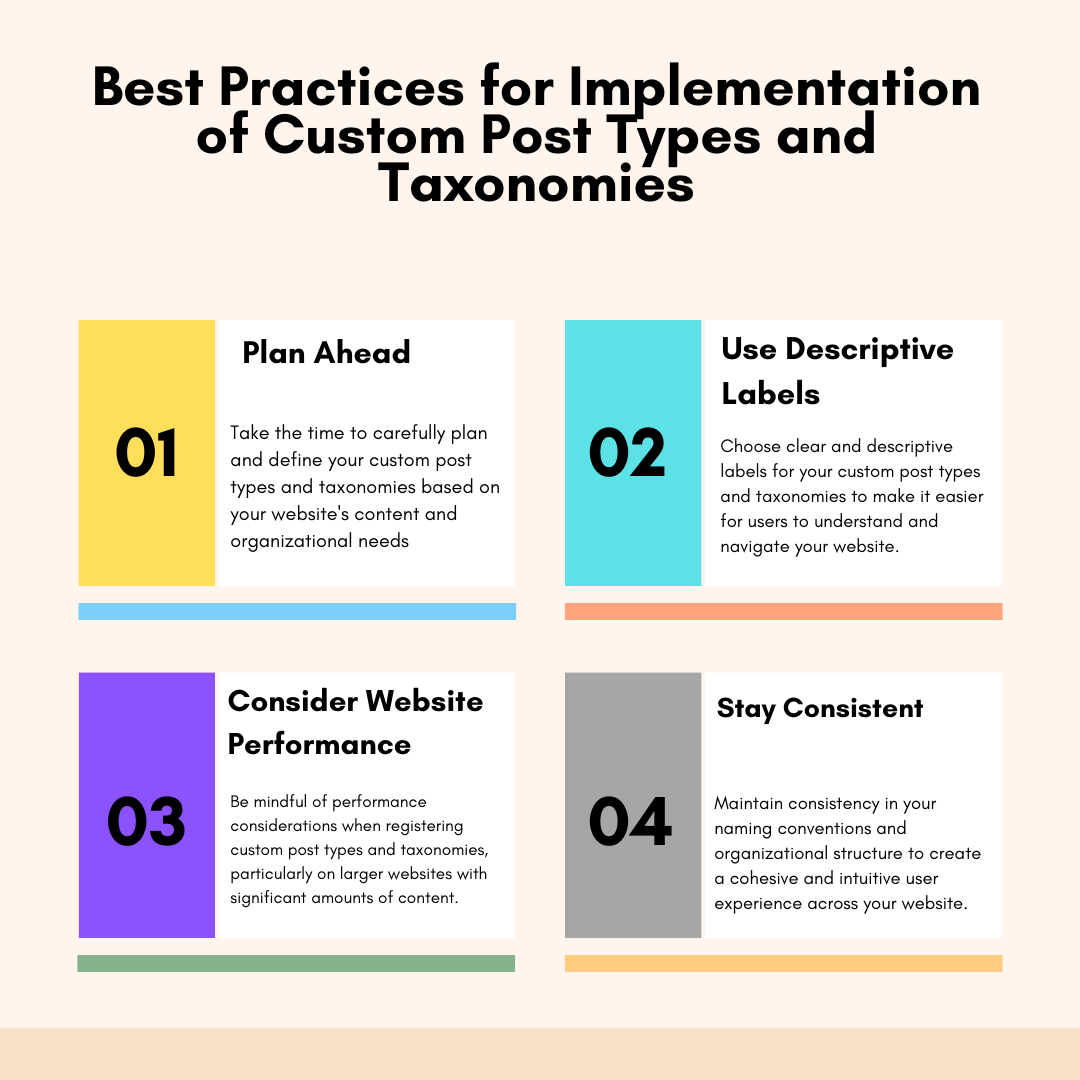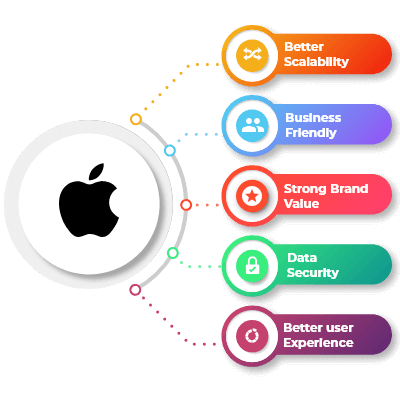In real estate, where every property holds the potential for a lucrative deal, having a robust online presence is not just a choice – it’s a necessity.
For an astute businessman navigating the competitive landscape of real estate, a well-crafted website is more than a digital storefront; it’s the key to unlocking unprecedented success.
As the real estate industry continues to evolve, potential buyers and investors turn to the internet for property searches and information.
The comprehensive guide is tailored for savvy real estate businessmen, where we delve into the intricacies of real estate website development.
From the initial concept to the final launch, we’ll explore the elements that make a real estate website not only functional but a powerful tool for expanding your business in the digital age.
Join us on this journey to elevate your real estate ventures through the art and science of website development.
Latest Real Estate Market Trends and Insights
- Anticipated to hit a staggering US $637.80 trillion by the year 2024, the Real Estate market is poised for remarkable growth.
- Taking center stage, Residential Real Estate is set to dominate the market, boasting a projected market volume of US $518.90 trillion in the year 2024.
- Foreseeing an annual growth rate (CAGR 2024-2028) of 3.41%, the value is on track to reach an impressive market volume of US $729.40 trillion by 2028.
- In a global context, the epicenter of Real Estate value is predicted to be in China, with an estimated US $135.70 trillion in 2024.
- Presently, approximately 55% of the world’s population, translating to 4.2 billion inhabitants, resides in cities which are collectively responsible for 35% of the global urban population during this projected growth phase.
- With over 80% of the global GDP originating from cities, effective urbanization has the potential to foster sustainable growth.
- Observing a notable trend, there is a discernible shift towards a shared urban lifestyle. In Sydney, 30% of homes now embrace this trend, signifying a significant change in housing preferences and living choices.
Limitations of Real Estate Website Development
Real estate website development, while offering numerous advantages, also comes with certain limitations.
It’s essential for businesses in the real estate industry to be aware of these constraints to make informed decisions.
Here are some limitations of real estate web designing:
-
Data Accuracy and Timeliness:
Real estate data is dynamic, and maintaining accurate and up-to-date information on property listings can be challenging.
Delays in updating listings or inaccuracies in property details can lead to a loss of credibility and frustrate potential clients.
-
Complexity of Integration:
Integrating various features such as property search, mortgage calculators, and virtual tours can be complex.
Ensuring seamless integration with third-party tools and databases requires expertise and careful planning.
-
Security Concerns:
Real estate apps often handle sensitive information, including property details and client data.
Security vulnerabilities can lead to data breaches, affecting both the business and its clients.
Implementing robust security measures is crucial but can be challenging.
-
Competitive SEO Landscape:
The real estate market is highly competitive online. Achieving high visibility on search engines can be challenging due to the saturation of similar websites.
Strategic and ongoing SEO efforts are necessary to stand out in search results.
-
User Experience Challenges:
Real estate web apps may feature a large volume of content and images, potentially leading to slow loading times.
Balancing a visually appealing design with optimal performance is crucial to providing a positive user experience.
-
Dependency on Market Conditions:
Real estate is influenced by market conditions, and the demand for property may fluctuate.
Economic downturns or shifts in market trends can impact the effectiveness of a real estate website, affecting lead generation and conversion rates.
-
High Initial Development Costs:
Building a feature-rich and effective web app can involve substantial upfront costs.
This includes expenses for website design and development, integration of third-party tools, and ongoing maintenance.
Small businesses or individual agents may find these costs prohibitive.
-
Legal and Regulatory Compliance:
Real estate transactions are subject to various legal and regulatory requirements.
Ensuring that a real estate website complies with these regulations, such as fair housing laws and data protection regulations, is essential but can be complex.
-
Limited Personalization for Users:
While personalization is crucial in providing a tailored experience, achieving high levels of personalization in real estate websites can be challenging.
Tailoring property recommendations and content to individual user preferences requires advanced algorithms and data analysis.
-
Dependency on Internet Access:
Real estate websites rely heavily on internet connectivity. Users without consistent and reliable internet access may face challenges in accessing the website and its features, potentially limiting the audience reach.
Top Reasons You Need a Website for Your Real Estate Business
-
Global Reach:
Expand the reach of your real estate business beyond local boundaries.
Potential clients from anywhere in the world can explore your property listings, broadening your market and increasing the chances of attracting international investors or buyers.
-
24/7 Availability:
Unlike traditional business hours, a website ensures that your real estate listings are available 24/7.
Prospective clients can browse properties, gather information, and express interest at any time, enhancing convenience and responsiveness.
-
Enhanced Credibility:
A professionally designed website enhances the credibility of your real estate business.
It serves as a digital storefront, showcasing your portfolio, testimonials, and industry expertise, instilling confidence in potential clients and partners.
-
Effective Marketing Tool:
A website serves as a powerful marketing tool, allowing you to showcase properties through high-quality images, virtual tours, and detailed descriptions.
It provides a platform to highlight unique selling points and attractively present your listings to a wide audience.
-
Increased Lead Generation:
Online inquiries and lead generation are streamlined through a website.
Incorporating contact forms, chat features, and calls-to-action encourages visitors to express interest in properties, facilitating a more efficient lead generation process.
-
Competitive Edge:
In a digital era, having a website is a competitive necessity. Many potential clients turn to the internet to explore property options.
A well-designed website ensures you remain competitive in the real estate market and stay ahead of businesses that rely solely on traditional methods.
-
Showcasing Expertise:
A website provides a platform to showcase your expertise and knowledge in the real estate industry.
Regularly updated blogs, market insights, and informative content position your business as a trusted authority, attracting clients seeking knowledgeable professionals.
-
Streamlined Property Management:
Websites can integrate property management tools, making it easier to update listings, track property availability, and manage inquiries.
This streamlines your workflow, reduces administrative tasks, and ensures that property information is always current.
-
Improved Customer Communication:
A website facilitates direct and efficient communication with clients.
Features such as contact forms, live chat, and newsletters enable seamless interaction, allowing you to respond promptly to inquiries, share updates, and nurture client relationships.
-
Analytics and Insights:
Websites offer valuable analytics tools that provide insights into user behavior, website traffic, and the performance of property listings.
This data helps you make informed decisions, refine your marketing strategies, and optimize the overall effectiveness of your online presence.
What are the different Types of Real Estate Websites
-
Property Listing Websites:
These websites focus on showcasing a comprehensive list of available properties for sale or rent.
Users can search and filter listings based on criteria such as location, price range, and property type.
-
Real Estate Agency Websites:
Websites for real estate agencies serve as digital storefronts for the agency itself.
They feature information about the agency, its team, services offered, and a portfolio of properties they represent.
-
Real Estate Marketplace Platforms:
Marketplace websites bring together listings from multiple sellers and agents, providing a centralized platform for property buyers and renters.
These platforms often have extensive search and comparison features.
-
Real Estate Investment Platforms:
Focused on investment properties, these platforms provide tools for investors to explore and evaluate potential real estate investments.
They may include features such as analytics, investment calculators, and market trends.
-
FSBO (For Sale by Owner) Websites:
FSBO websites cater to homeowners looking to sell their properties without involving a real estate agent.
These platforms allow property owners to list and market their homes directly to potential buyers.
-
Commercial Real Estate Websites:
Specialized platforms that concentrate on commercial properties, including office spaces, retail units, industrial properties, and land for commercial development.
-
Rental Listing Websites:
Focused specifically on rental properties, these websites allow landlords and property managers to list available rental units.
Users can search based on location, rental price, and property features.
-
Architectural Visualization Websites:
Platforms that showcase architectural designs, renderings, and visualizations.
These websites often serve architects, designers, and individuals interested in visual representations of real estate projects.
Technology Stack Requirements for a Real Estate Website Development
Front-end Development:
- HTML5/CSS3:
For structuring and styling the website.
- JavaScript (React, Angular, or Vue):
To create interactive and dynamic user interfaces.
- Bootstrap or other CSS frameworks:
For responsive and mobile-friendly design.
Back-end Development:
- Programming Language (Node.js, Python, Ruby, PHP):
Depending on the expertise and preference of the development team.
- Framework (Express.js, Django, Ruby on Rails, Laravel):
To expedite back-end development.
- Database (MySQL, PostgreSQL, MongoDB):
Depending on the data structure and scalability requirements.
Server:
- Nginx or Apache:
As a web server to handle HTTP requests and serve static files.
APIs:
- Google Maps API:
For integrating maps and location-based services.
- Payment Gateway API:
If the website involves transactions or subscriptions.
- Social Media APIs:
For social media integrations and sharing functionalities.
- Property Listing APIs:
To aggregate and display property listings from various sources.
Authentication:
- OAuth or JWT (JSON Web Tokens):
For secure user authentication and authorization.
Cloud Storage:
- Amazon S3, Google Cloud Storage, or Azure Storage:
For storing and serving images and multimedia files.
Content Management System (CMS):
- WordPress or custom-built CMS:
For managing and updating content on the website.
Search Functionality:
- Elasticsearch or Apache Solr:
For advanced search capabilities.
Messaging and Notifications:
- Firebase Cloud Messaging or Pusher:
For real-time messaging and notifications.
Version Control:
- Git:
To manage and track changes in the codebase.
Testing:
- Jest, Mocha, or Selenium:
For unit testing, integration testing, and end-to-end testing.
Security:
- SSL/TLS:
To ensure secure data transmission.
- Web Application Firewall (WAF):
For protection against common web application attacks.
Analytics:
- Google Analytics or similar tools:
For tracking user behavior and website performance.
DevOps:
- Docker:
For containerization and deployment.
- CI/CD tools (Jenkins, Travis CI):
For continuous integration and deployment.
SEO Optimization:
- org markup:
To enhance search engine visibility.
- XML sitemap:
To aid search engines in indexing content.
Real Estate Website Cost
| Type of Project Development |
Time of Development |
Avg. Cost of Development |
| UI/UX Design |
150 hours |
$5000 |
| Front-End Development |
250 hours |
$5000 |
| Bank-End Development |
200 hours |
$5000 |
| Integration with Third-Party Services |
200 hours |
$5000 |
| Quality Assurance and Testing |
120 hours |
$5000 |
| Deployment and Post-Launch Support |
100 hours |
$5000 |
Conclusion
Developing a professional real estate website requires an amalgamation of technology, user experience and industry insights.
This guide has uncovered the essential requirements such as UI/UX design and back-end development as well as integration with third-party services and post-launch support.
By leveraging the above pointers and recommendations you can gauge what you need to create a professional website for your real-estate business.
In doing so, you position yourself not only as a pioneer in the real-estate but also meet the evolving needs of a dynamic and interconnected world.









